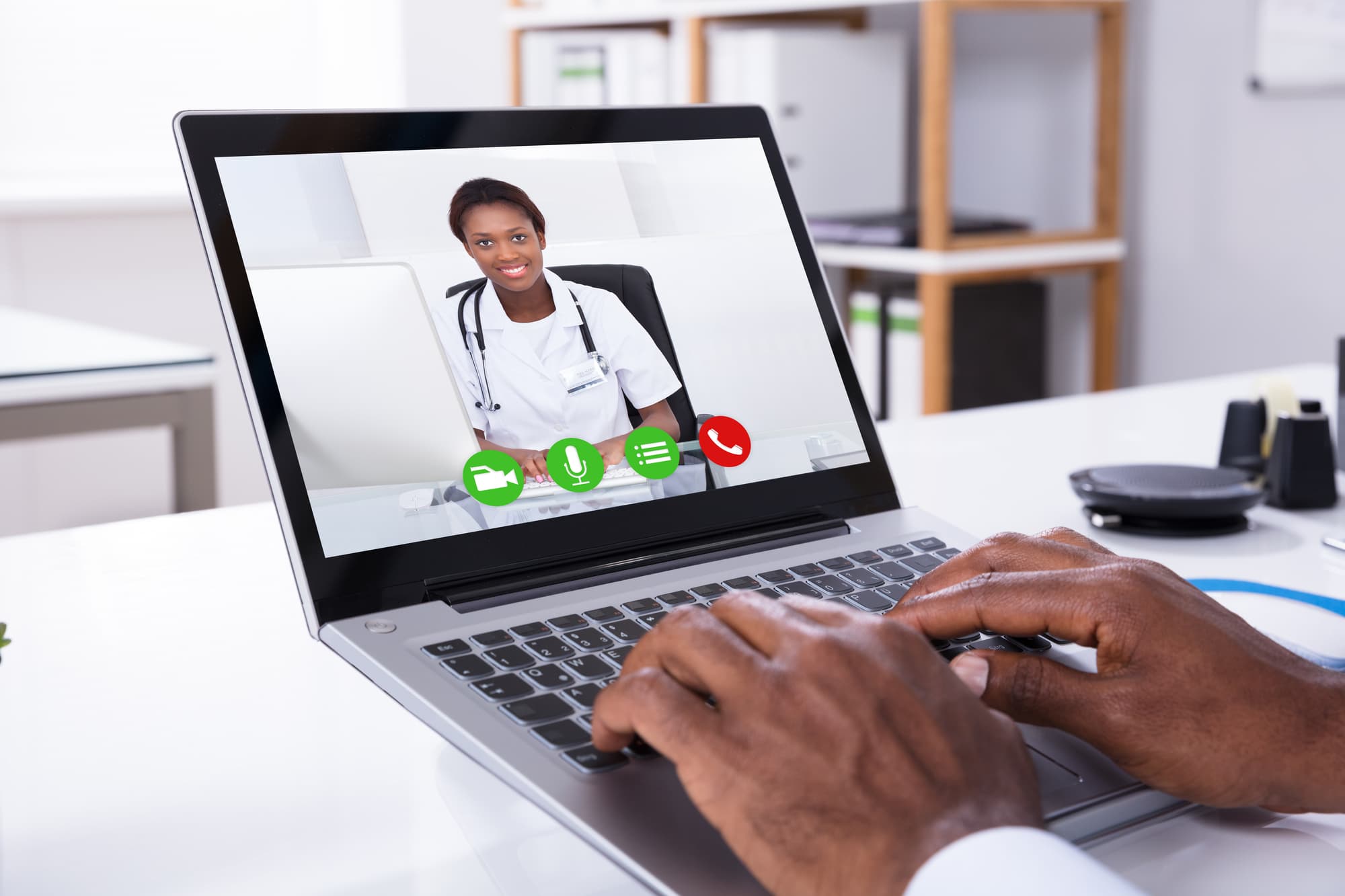The COVID-19 pandemic has pushed telehealth visits to the forefront of healthcare delivery. This public healthcare emergency offers the healthcare industry and consumers a front-seat view of a technology whose time has come.
Before the COVID-19 pandemic, physicians were cautiously moving forward with telehealth. With the development of secure patient health portals and mainstream use of digital devices, physicians were slowly exploring the possibilities.
In a media report in early March, 2020, a primary care physician with Newton-Wellesley Hospital in Boston offered perspective on the limitations of virtual visits, “I think telemedicine is finally coming into the mainstream. I think there is a body language. There is a human connection that is a really important part of primary care.”
Fast forward to the end of March, 2020. On March 17, 2020, US Health and Human Services (HHS) Secretary Alex Azar announced broad expansion of Medicare coverage for telehealth visits to meet the challenge of COVID-19.
While telehealth was widely seen as an adjunct service to physical office visits, the delivery of remote medical advice has become an important tool in the battle to provide medical help without further spread of a highly infectious agent, SARS-CoV-2.
Flattening the curve
Americans across the country are currently encouraged or ordered to stay home except for those providing or needing essential services. Social distancing, a mandate to keep at least 6 feet of space between individuals in public, is seen as an important method to reduce transmission of the virus. Telemedicine fits nicely into this paradigm.
In an opinion piece from Harvard Medical School, a contributor notes some of the important points about telemedicine right now:
- Avoidance of becoming ill, or becoming a carrier is essential during the pandemic. Virtual medicine reduces travel while still providing a level of healthcare that is helpful.
- Telemedicine gives triage teams the opportunity to assess the health of a caller. Some facilities are using telehealth portals to determine who should be scheduled for a drive-through assessment using scarce COVID-19 test kits.
- Prepare for your call. Write down your concerns prior to your scheduled telehealth call. Note your symptoms, whether you have a fever, and medications you have taken. Answer questions thoughtfully and steer clear of asking questions that do not relate directly to your medical situation.
For some, a telemedicine call will trigger the next step—a physical visit to an ED triage unit. For others, the call may provide needed guidance to handle healthcare at home.
This healthcare crisis will have long-term global impacts. One of them will be greater use of virtual medicine. Physical office visits will always be needed for the most seriously ill and for certain conditions and treatments. Right now, telemedicine offers a means to provide health and reduce viral spread, at a comfortable—and safe—distance.
If you suffer medical negligence, our injury attorneys can help
With offices in Baltimore, Maryland, and Washington, DC, the law firm of Schochor, Staton, Goldberg, and Cardea, P.A. is well- known for its successful legal representation of those who suffer medical injury or wrongful death. If you or a loved one has suffered significant medical harm, contact us or call 410-234-1000 today for a free consultation to discuss you case.

